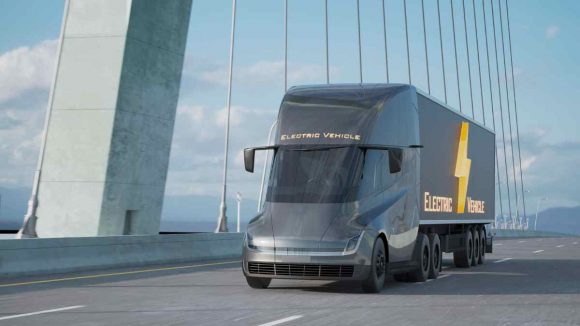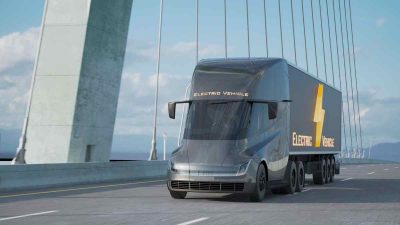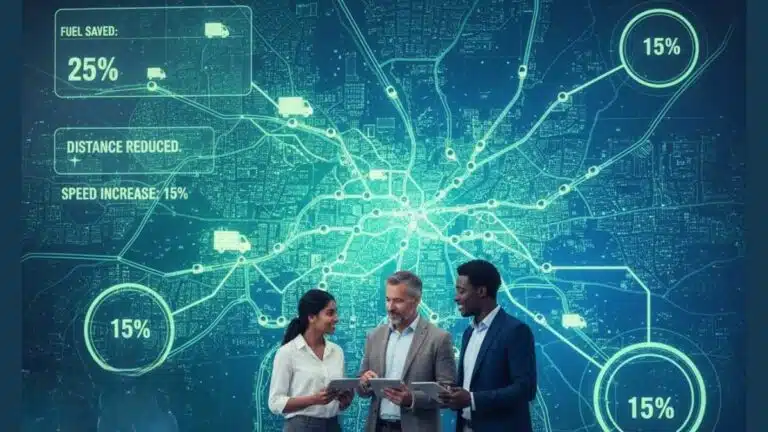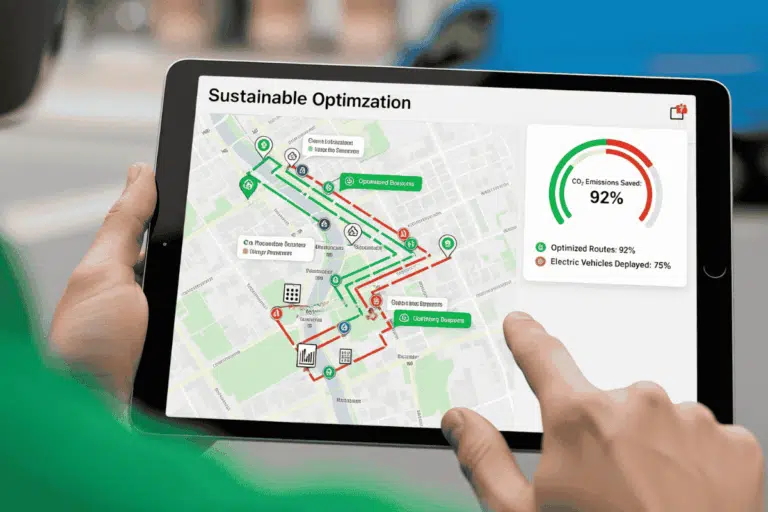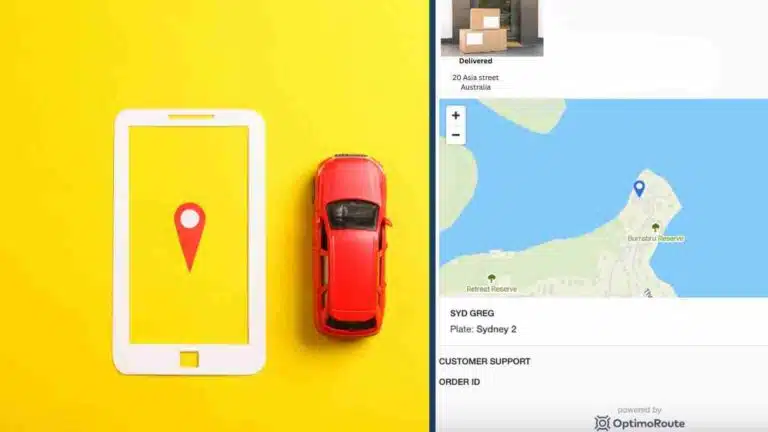Electrifying your last-mile delivery vans has been on your annual must-do list for years, but battery shortages across the automotive industry continue to cause a hazard on the road for many companies.
The battery shortages are raising the cost of electronic vehicles (EVs) delivery vans, which is slowing down the adoption among the largest commercial fleets like UPS and FedEx, reports The Drive.
Bottlenecks in the EV step van supply have lowered the demand from big shippers like UPS and FedEx, claims The Drive.
According to UPS’ latest statistics, it has over 18,300 alternate fuel and advanced technology vehicles. It also has over a thousand electric and plug-in hybrid electric vehicles on the road. UPS is aiming to reach carbon neutrality by 2050. It also wants to achieve 40% alternative fuel in ground operations by 2025.
It has EVs in its fleet and continues to deploy them throughout North America, Europe, and Asia.
Taking the risk
Electric van startups are often confronted with a lack of funding. The Drive reports that in many instances, these companies close down before even reaching production, despite investments from shipping companies.
It’s being reported that in 2020, UPS took a risk with a company called Arrival and ordered 10,000 electric vans. But just last year, Arrival cut jobs in the UK. It has now run out of money and announced plans to sell its remaining assets.
Industry assessment
Earlier this week, Tesla Inc (NASDAQ: TSLA) announced layoffs, including two of the company’s executives at its Supercharger team. This sent shockwaves through the EV industry, with many questioning the impact this will have on Tesla’s Supercharger network and the entire industry.
Locate2u reports how CEO Elon Musk ordered management to “deal with employees who don’t pass the excellent, necessary and trustworthy test.” According to TechCrunch the entire global charging department was let go, which creates uncertainty in the EV circles.
Transitioning fleet to EVs
Before a company can consider transitioning to electric vehicles, some analysis must be done to assess the business’ driving patterns, energy requirements, and charging infrastructure. This is according to Fleet Care.
There should also be an assessment of the availability of EV models that meet the businesses’ needs. In many countries, there could be a government incentive and regulations that support EV adoption.
About the author
Mia is a multi-award-winning journalist. She has more than 14 years of experience in mainstream media. She's covered many historic moments that happened in Africa and internationally. She has a strong focus on human interest stories, to bring her readers and viewers closer to the topics at hand.

